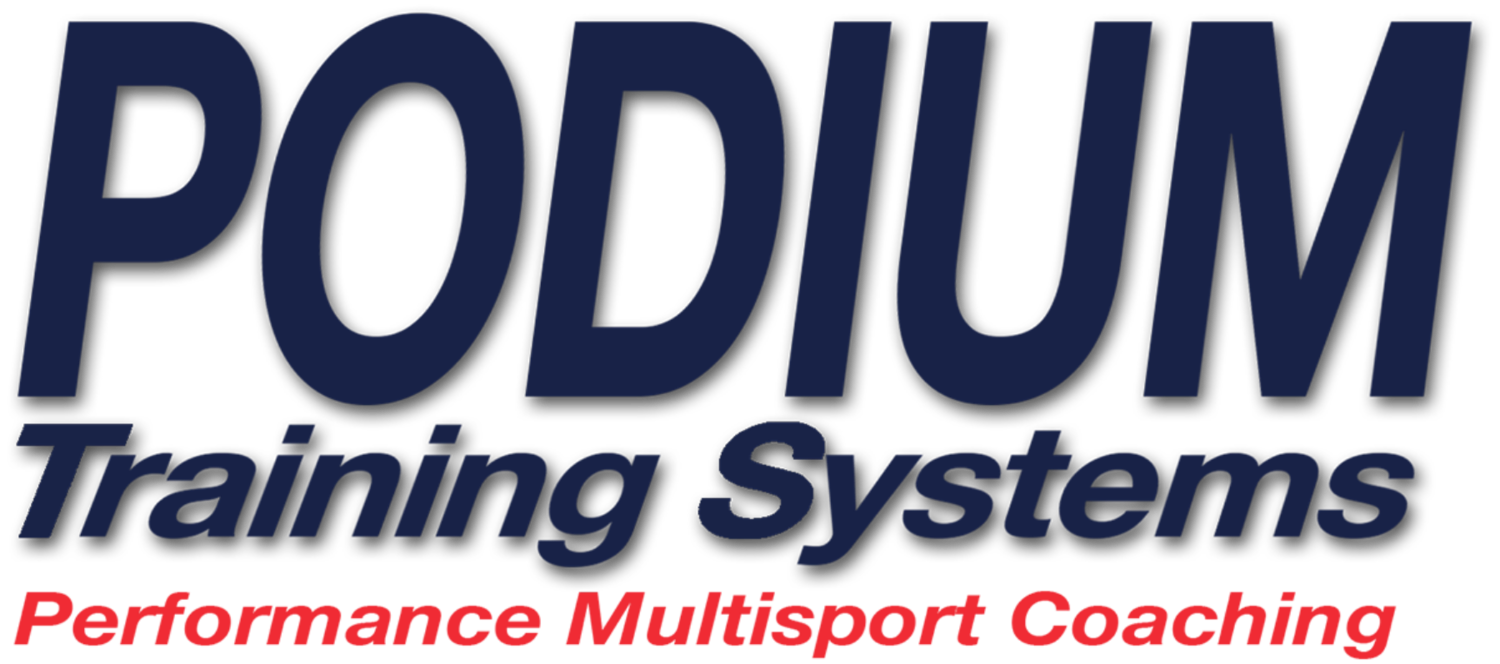In the pool, this requires some testing (just as it does for the bike and run) to help determine these limiters, as well as determining their base-100 times for upcoming workouts. Test sets are a great way to glean massive amounts of information about your athletes abilities and needs. Not only can you visually obtain information on the stroke and mechanics of your athlete, but the data you get from these sets helps determine if they are aerobic or anaerobic in nature, or if they need speed, speed endurance, or strength endurance.
With new athletes, the test I use most frequently is the 100 / 400 set. This is a set I came to appreciate from my work with Justin Trolle' over at Vanguard Endurance. This is a brilliant set for determining a number of metrics from your athlete. The set is as follows:
Warm up:
200-400 easy swim.
4 x 50 drills
6 x 50 on 1:10. Descending 1-4, 5-8
Main / Test set:
100 @ 90% effort.
:90 seconds rest.
400 @ 100% effort (or as hard as they can go).
At this point, you can include whatever else you might want to have the athlete work on, but they're going to be fatigued. Be sure to make it lower Z3 efforts, with not too much more volume. In regards to the warm up - the athlete needs to be sufficiently warm and ready for the main set. But don't overdo it.
The amount of data you glean from this set is massive. You get an idea of their repeatable base-100 time (and no, it's not from the 100 time). You also gain insight into their regression rates. By that I mean, you have their 100 time - then you're comparing it to their splits in the 400. This information starts to tell you about their aerobic or anaerobic abilities.
By that I mean: How much does their pace fall off? Does it continue to fall off as the 400 progresses, or is it a static decrease in pace? What about their stroke rate? Is their stroke rate increasing as their pace decreases? Or is their stroke rate decreasing as their pace decreases? These all mean different things, and require very different specificity of training to work on the limiters in question.
As your athletes progress, there are other great test sets that can be incorporated into their training to gauge improvements and set new benchmarks:
200m / 800m
3 x 400m
3 x 800m
All of these sets are great. But they're used for different athletes, training for different race distances, and they yield results that need to be interpreted appropriately.
This is one of the most critical times of year as a coach (and athlete). Make sure you take the time to do the proper analysis as the season begins so you can prescribe the appropriate training that focuses on the necessary energy systems.




